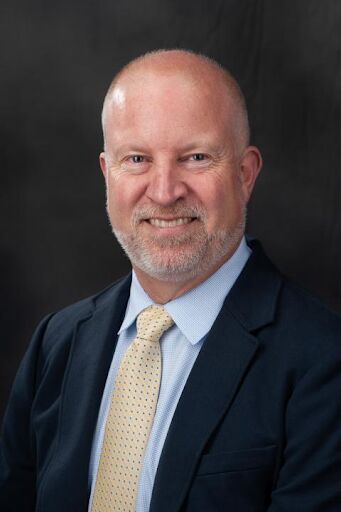Kent State faculty members named as top 2% of scientists in their fields
December 8, 2021
Kent State faculty members across various disciplines have been recognized as the top 2 percent of researchers in the world based on a 2019 Stanford study.
The report evaluated millions of researchers worldwide to compile a database of 100,000 most-cited scientists, based on a set of citation metrics as reported on the Elsevier publishing website.
“They created an algorithm that they thought would provide a means of weighing the publishing merit of researchers so they could determine who was in the top 2 percent,” said Douglas Delahanty, the interim vice president for Research and Sponsored Programs. “With regards to number of publications, how well they’re cited, the level of journals they’re published in and different metrics.”
Scientists who have published at least five papers were categorized into 22 scientific fields and 176 subfields to determine a career-long impact list and a single-year impact list for the year of 2019.
The study first appeared in 2019 and was updated May 6 of last year. The most recent publication was updated in the beginning of August to represent the 2020 citation year.
Faculty members from the College of Business and Entrepreneurship, College of Aeronautics and Engineering and the College of Arts and Sciences have all been included in these reports.
“It’s huge, 2 percent out of all the people who are researchers is a ton of people still,” Delahanty said. “Anytime our faculty are recognized for excellence in any of these areas…that is definitely something we want to celebrate.”
Psychology professor Yossef Ben-Porath is a faculty member from the College of Arts and Sciences who is recognized on this respected list.
“It was quite surprising in some ways and certainly humbling,” he said. ”It was very rewarding [having a] long career working with many different research collaborators and students, so I knew it wasn’t just about me, it was really about the team of people I’d worked with over the years.”
Associate dean and neuroscience professor Lique Coolen was another faculty member from the College of Arts and Sciences.
“I think it was a good moment to reemphasize to all female scientists that we can be in the top 2 percent like everybody else,” she said.
She added that it’s a positive message to the rest of the community.
Coolen, who joined Kent State in 2019, has spent 26 years studying neuroscience research in three main areas.
The first is reproductive neuroendocrine function, which is the study of how the brain controls female and male reproduction.
She also studies spinal cord control and how injury can impact reproductive functions. Then she uses information found to develop new treatments for dysfunction. Lastly, Coolen focuses on rewards and motivation.
“We try to understand how the brain controls rewarding behaviors and motivation to engage in behaviors,” she said. “And [we] use that information to find out what is different for seeking drug abuse.”
The mass complexity of the brain initially sparked Coolen’s interest in research, but lifelong learning ultimately drives her.
“It’s like finding a new planet or climbing a mountain,” she said. ”It’s like completing uncharted territory. You don’t know what you’re going to find until you find it.”
Ben-Porath has done research in his field for decades as well.
Since 1990, Ben-Porath’s work has focused on researching psychological assessment, specifically the Minnesota Multiphasic Personality Inventory, a standardized test of personality and psychopathology.
He said that usually the MMPI is used in mental health settings for diagnoses and treatment planning, but the test can be used for many different environments.
“It’s frequently used in pre-surgical evaluations of candidates for surgery where the psychological function may impact the success of the surgery,” he said. “It’s also used quite a bit in the legal system, for example, in the evaluation of defendants who are pleading not guilty because of insanity.”
The test can also be used in public safety settings and pre-employment screenings for jobs like law enforcement.
Since the development of the MMPI, the test has undergone several updates to represent the current diversity and population needs in the U.S.
Giving back to students is important for the faculty.
Feeling fortunate to have been able to work with his students who have gone on to have successful careers, Ben-Porath hopes to motivate the next generation of scientists to do the same.
“If me receiving this award motivates them even further and shows them you can do work in this area and have it recognized, I think that would be wonderful,” he said.
Delahanty hopes that the recognition from the Stanford list and others alike will continue to shed a positive light on staff and faculty.
“Those different stories acknowledge the breadth of scholarship that we have at Kent State,” Delahanty said. “People are doing amazing things across the entire spectrum of research and creative activities.”
Alexus Rayzer is a reporter. Contact her at [email protected].












